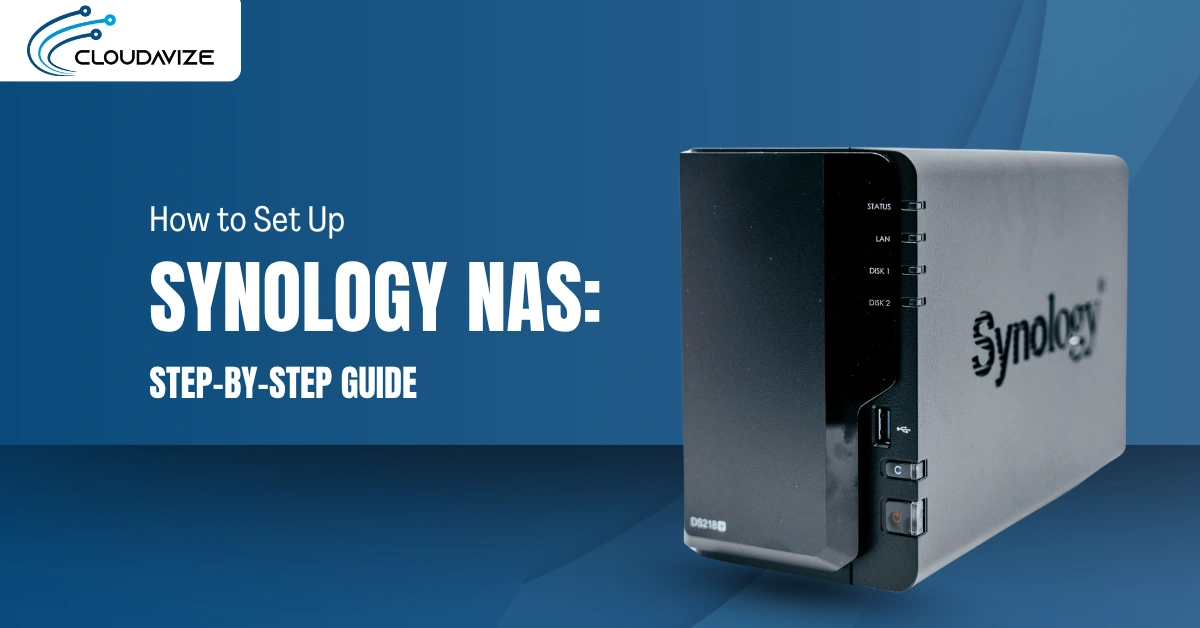In the rapidly evolving landscape of technology, businesses and individuals alike are increasingly relying on remote solutions to meet their IT support needs. Remote IT support has become a cornerstone in the realm of technology services, offering a flexible and efficient way to address issues, troubleshoot problems, and provide assistance without the need for physical presence.
This article explores the intricacies of remote IT support, its benefits, challenges, and the evolving role it plays in the contemporary digital ecosystem.
Table of Contents
The Evolution of IT Support
A Historical Overview
The journey of IT support has come a long way from the era of on-site technicians and help desks. As technology advanced, the need for quicker and more accessible solutions became apparent. Remote IT support emerged as a natural progression, leveraging the power of the internet to bridge the gap between users and technicians.
The Rise of Remote Work
The paradigm shift towards remote work further accelerated the adoption of remote IT support. With employees scattered across different locations, traditional on-site support models became impractical. Remote IT support stepped in to provide timely assistance, ensuring that the wheels of business kept turning smoothly.
How Remote IT Support Works
Real-time Assistance
One of the key features of remote IT support is the ability to provide real-time assistance. Technicians can connect to a user’s device, diagnose issues, and implement solutions remotely. This not only saves time but also minimizes downtime for businesses and individuals.
Secure Connections
Security is a paramount concern in the digital age. Remote IT support addresses this by employing secure connections, often encrypted, to ensure that sensitive information remains confidential. This level of security is crucial, especially when dealing with corporate networks and personal data.
Versatility in Devices
Remote IT support isn’t limited to desktops or laptops; it extends to various devices, including smartphones and tablets. This versatility allows technicians to troubleshoot a wide array of issues, catering to the diverse technological landscape.
Advantages of Remote IT Support
Cost-Efficiency
Traditional on-site support involves travel expenses and downtime. Remote IT support eliminates these costs, providing an economical solution for businesses. Additionally, it allows technicians to handle multiple cases simultaneously, optimizing resource utilization.
Time Savings
Time is of the essence in the business world. Remote IT support enables swift issue resolution, reducing the time it takes to address problems. This efficiency is critical for maintaining productivity and ensuring that technology-related disruptions are kept to a minimum.
Accessibility
Geographical barriers are virtually nonexistent with remote IT support. Users can receive assistance regardless of their location, fostering a global approach to IT solutions. This accessibility is particularly beneficial for businesses with international operations or remote teams.
Proactive Monitoring
Many remote IT support services offer proactive monitoring, identifying and addressing potential issues before they escalate. This proactive approach helps prevent disruptions, enhancing the overall stability of IT systems.
Challenges and Considerations
Security Concerns
While remote IT support prioritizes security, concerns still exist. Transmitting sensitive data over the internet poses risks, and organizations must implement robust security measures to mitigate potential threats. Encryption, multi-factor authentication, and secure channels are crucial components in addressing these concerns.
Technical Limitations
Certain technical issues may necessitate on-site support. Hardware failures, for example, often require physical intervention. Remote IT support must coexist with on-site solutions to offer a comprehensive support system.
User Cooperation
Effective remote IT support relies on user cooperation. Users need to follow instructions, provide accurate information, and grant necessary permissions for remote access. Educating users about the process enhances the collaborative aspect of remote support.
The Future of Remote IT Support
Artificial Intelligence Integration
The integration of artificial intelligence (AI) is poised to revolutionize remote IT support. AI-powered chatbots and virtual assistants can handle routine queries, leaving technicians to focus on more complex issues. This shift towards automation enhances efficiency and responsiveness.
Augmented Reality
Augmented reality (AR) is emerging as a valuable tool in remote IT support. Technicians can guide users through troubleshooting steps by overlaying instructions onto the user’s physical environment. This immersive approach improves issue resolution and enhances the user experience.
Continuous Innovation
As technology continues to evolve, so does remote IT support. Continuous innovation in tools, processes, and methodologies ensures that support services remain at the forefront of technological advancements. Staying abreast of these innovations is crucial for organizations seeking to optimize their IT support strategies.
Get Started With Remote IT Support
In the dynamic realm of IT support, remote solutions have become indispensable. The ability to troubleshoot issues, provide real-time assistance, and ensure the smooth functioning of technology from a distance has transformed the way businesses and individuals experience support services.
As we navigate this digital landscape, embracing the advantages of remote IT support and addressing its challenges will be key to fostering a resilient and efficient IT infrastructure.
For businesses seeking reliable remote IT support services, contact Cloud Avize. We are dedicated to providing cutting-edge solutions tailored to your specific needs.



